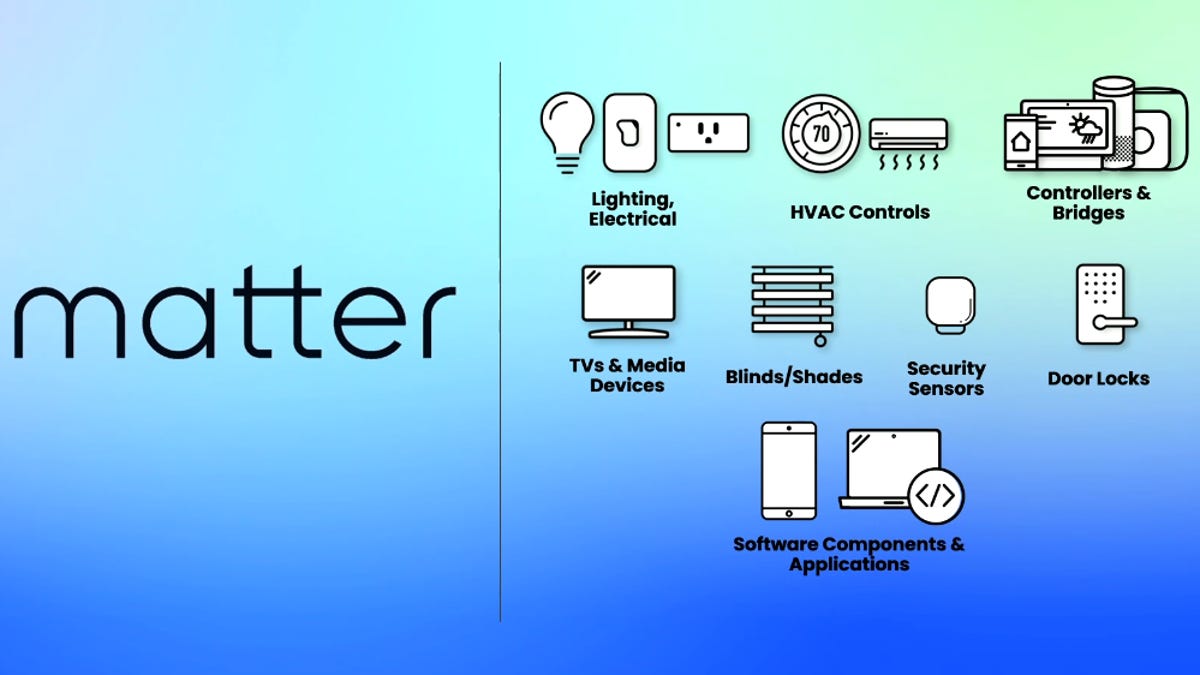- Get link
- X
- Other Apps
In today's ever-evolving landscape of smart home technology, the introduction of Matter protocol is poised to redefine the way we interact with our living spaces. Whether you're a seasoned smart home enthusiast or just dipping your toes into the waters of home automation, understanding what Matter smart home entails and its implications is crucial. Let's delve into the essence of Matter smart home, exploring its use cases, ease of use, underlying technology, and its compatibility with existing and future devices.
Use Cases of Matter Smart Home:
Effortless Integration: Matter smart home devices boast seamless compatibility, allowing for effortless integration into your existing smart home ecosystem. From lighting controls to thermostats and security systems, Matter-enabled devices ensure interoperability, streamlining your connected living experience.
Pro: Simplifies the process of expanding your smart home setup by ensuring compatibility between various brands and devices.
Con: Limited availability of Matter-enabled devices in the current market might restrict options for users seeking immediate integration.
Enhanced Convenience: With Matter smart home devices, convenience takes center stage. Whether it's adjusting the thermostat, dimming the lights, or locking the doors, users can effortlessly control their home environment through intuitive interfaces and voice commands.
Pro: Offers a user-friendly experience with intuitive controls and seamless integration with voice assistants like Amazon Alexa and Google Assistant.
Con: Reliance on internet connectivity might lead to occasional latency or downtime, affecting the responsiveness of smart home devices.
Advanced Automation: Leveraging the power of Matter protocol, smart home automation reaches new heights. From scheduling routines to triggering actions based on sensor data, users can customize their home automation setups to suit their lifestyle and preferences.
Pro: Empowers users to create personalized automation scenarios, enhancing efficiency and comfort within the home environment.
Con: Complexity in setting up advanced automation sequences might pose a challenge for users with limited technical expertise.
Technology Behind Matter Smart Home:
Matter protocol, formerly known as Project CHIP (Connected Home over IP), serves as the backbone of interoperability in the smart home ecosystem. Built upon open standards and supported by industry giants such as Apple, Google, and Amazon, Matter ensures seamless communication between devices regardless of brand or manufacturer.
Compatibility and Future Prospects:
At present, the market offers a limited selection of Matter-enabled devices, including select models of smart speakers, lighting controls, and thermostats. However, with major industry players committing to Matter integration, the future looks promising for broader device compatibility.
Current Compatibility: Several prominent smart home brands have already pledged their support for Matter, with announcements of upcoming product integrations. Brands like Philips Hue, Amazon Echo, and Nanoleaf are among the early adopters, signaling a shift towards a more interconnected smart home ecosystem.
Future Prospects: As the Matter ecosystem continues to evolve, consumers can expect to see a wider range of compatible devices hitting the market. From smart locks and security cameras to kitchen appliances and entertainment systems, the scope of Matter-enabled devices is set to expand, offering users unparalleled flexibility and choice in building their ideal smart home setup.
In conclusion, Matter smart home represents a significant leap forward in the quest for seamless interoperability and enhanced user experience within the realm of connected living. With its promise of effortless integration, intuitive controls, and advanced automation capabilities, Matter is poised to revolutionize the way we interact with our homes. As the ecosystem continues to grow and evolve, embracing Matter technology ensures a future-proof smart home experience that caters to the needs and preferences of modern-day consumers.

Comments
Post a Comment